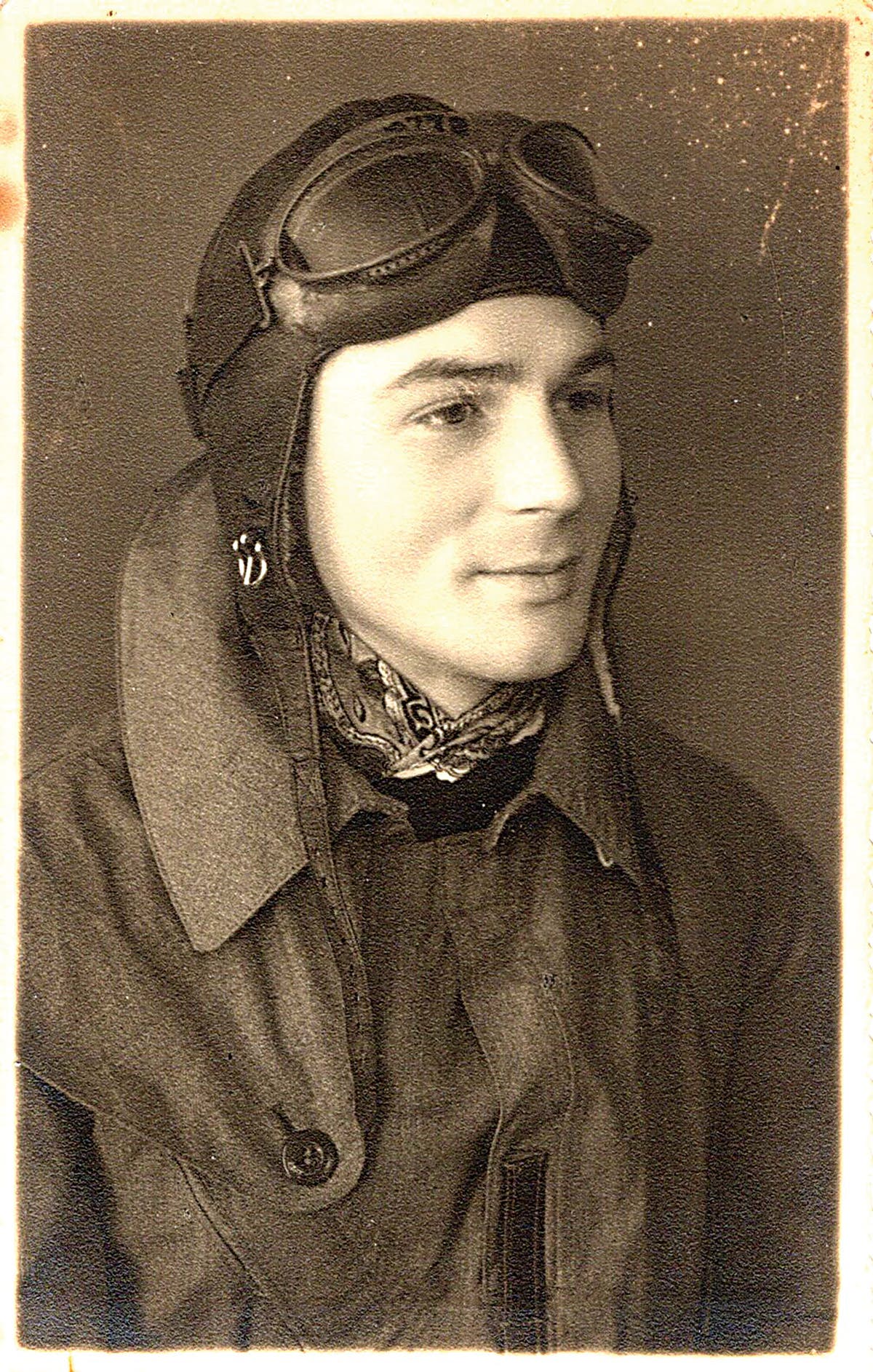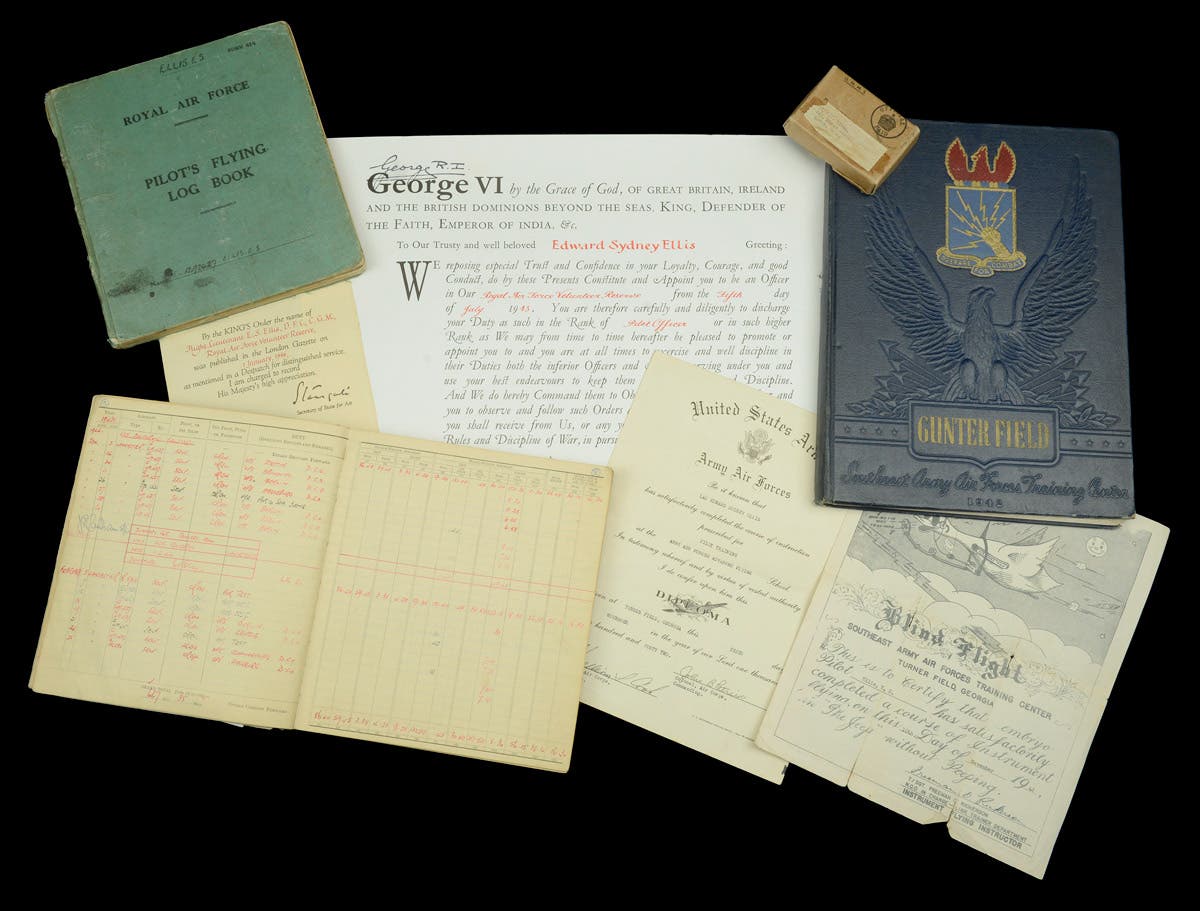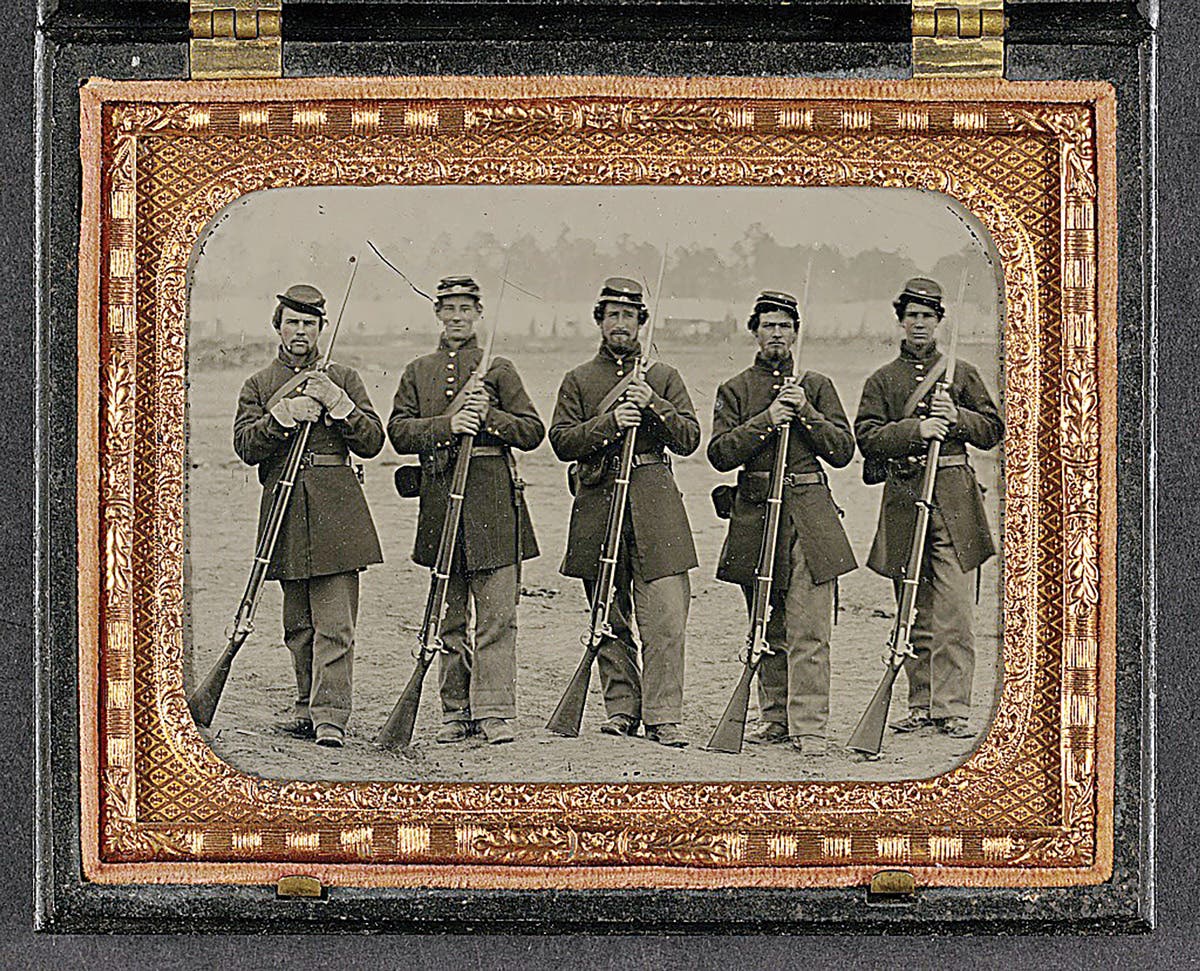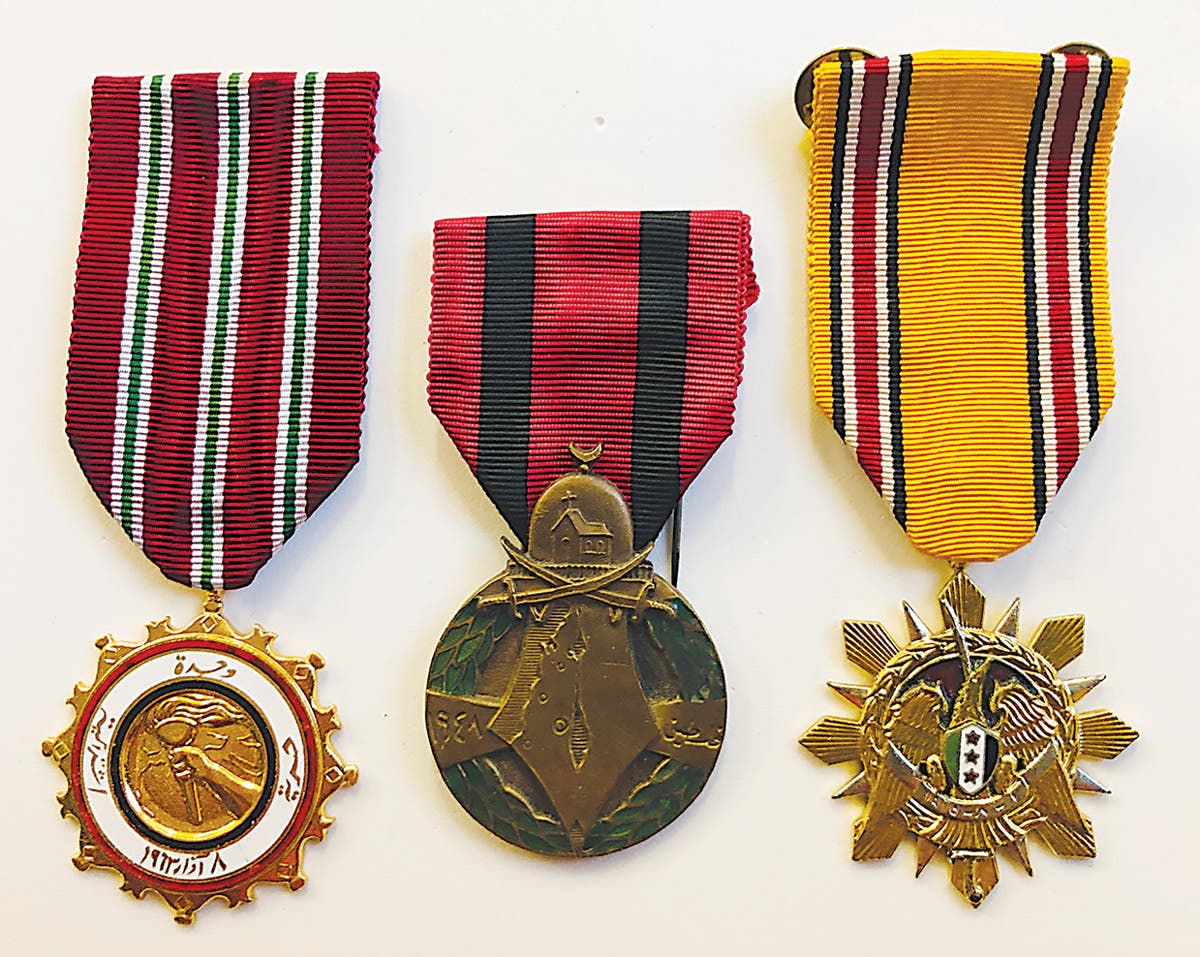The US M8 / M8A1 Scabbard
Used in WWII, Korea, and Vietnam, this “hard carrier” for bayonets and knives served for more than a half-century
When the United States adopted the M3 fighting knife, they also adopted the M6 leather sheath to carry the new combat knife in. Despite having been one of the first militaries to adopt cloth field gear in place of leather belts, cartridge cases, etc., the U.S. military still used leather goods extensively for holsters, knife handles, and other materials. While perfectly fine for hunting knives, leather sheaths (as well as other leather products) have a tendency to mildew and rot in wet weather conditions like those found in the trenches of WWI or the jungles of the Pacific. As reports from the field came in, the shortcomings of the leather M6 soon became apparent. The Ordnance Department began looking for an alternative.
NEW MATERIAL FOR NEW SCABBARDS
The Model 1910 scabbard used through out WWI and into the 1930s was made principally of cloth, rawhide, and wood. Prior to the U.S. entry to WWII, Beckwith Manufacturing developed a new bayonet scabbard to replace it.
The new scabbard consisted of a composite plastic material made from a combination of layered cotton ducking and Tenite. By heat treating the combination, it could be pressure molded into a solid shape.
The new scabbard was able to withstand temperatures fluctuations from 170 degrees Fahrenheit to 45 below. Superior to the Model 1910 in durability, the Army Ordnance Department adopted it as the M3 in the summer of 1941. To meet the contract, Beckwith purchased a plant in Hudson, Mass. Victory Plastics was born.
Beckwith began production of replacement for the M6 sheath, as well. Incorporating the materials produced at Victory Plastics, the new M8 had a metal throat, stamped “U.S. M8” and “BMCO” (for Beckwith Manufacturing Company). The “ears” of the throat were turned down to accommodate the angled hilt on the M3 knife.
At the time, it was believed that if a soldier did not carry a bayonet, he would have a need for a knife. Therefore, a cloth loop was attached to the metal throat that would slide over most belts.
A two-piece strap that snapped together to hold the knife handle against the cloth hangar. A hole drilled through the tip of the scabbard permitted a thong to tie the sheath down if need be.
Practical use, however, soon showed that the cloth loop was insufficient. The scabbard needed a hanger to attach it to standard field gear. The cloth webbing belt loop was made slightly longer to allow for the addition of the new hanger while also allowing for the scabbard to still be carried over the belt. With these changes, the M8 scabbard was redesigned the M8A1.
Many of the M8-stamped metal throats were still on hand when this change occurred. They were used on what were otherwise M8A1 bayonet scabbards. In addition, many existing M8 scabbards were altered, usually by either sewing or riveting a M1910 hanger into the belt loop.
POST WWII SCABBARDS
The M8A1 remained unchanged until 1953 when Victory Plastics received another contract for the bayonet. At this time, the hanger was changed from blackened steel to parkerized steel. In addition, the grip straps were changed from blackened brass to blackened steel. The manufacturer stamp on the throat was changed to “V.P.C.O.” Finally, the plate connecting the throat to the cloth webbing was extended to better accommodate the wider M5 and M5A1 bayonet.
In 1960, Victory Plastics received a new contract. More improvements made to the scabbard. Victory added a black piece of metal to strengthen the tip of the scabbard. They also replaced the issued leather thong with a cloth boot strap.
Additionally, the grip retaining straps on the 1960 contract scabbards were reversed. Prior to 1960, the straps snapped right over left. With the new contract, they snapped left over right. This was to be the last contract issued to Victory Plastics
The next contract was issued to the Pennsylvania Working Home (for the Blind), later renamed, “The Working Blind in Philadelphia, Pa.” The scabbards were marked “PWH” or “TWB,” the previously parkerized hangers were painted black, and a black grommet replaced the large metal protector added to the tip by Victory Plastics. Made between 1965 and 1969, many were sent as military aid to South Korea and South Vietnam. In recent years, the Civilian Marksmanship Program has purchased many of this version from the Greek government.
Other known U.S. manufacturers of the M8A1 include VIZ Manufacturing in Philadelphia, Pa., as well as unknown manufacturer(s) that marked the scabbards “WD” or “VIZ/WD.”
The M8/M8A1 scabbard would serve in the U.S. military for many years carrying the M3 trench knife and the M4, M5/M5A1, M6, and M7 bayonets used with the M1 Carbine, M1 Garand, M14, and M16 respectively. Many U.S.-produced M8/M8A1 scabbards were sent around the world as part of military aid packages during the Cold War. Others were produced in foreign countries for their own military use. Recognizing the details described in this article will help the collector know the “time and place” their scabbard carried a soldier’s knife or bayonet.
You may also enjoy:
*As an Amazon Associate, Military Trader / Military Vehicles earns from qualifying purchases.
Ryan Roth is a Policy Specialist at FrontlineCo, a Springfield, Ill., based association management company. He is a graduate of the University of Illinois at Springfield with M.A. and B.A. degrees in Political Science and a minor in History. In his free time, Ryan works on the family farm and enjoys reading, horseback riding, engaging in the shooting sports, playing music and guitar, telling tall tales about his riverboat days, and adding to his collection.








